Spain boasts a rich tapestry of beautiful and historical cathedrals
Spain boasts a rich tapestry of beautiful and historical cathedrals that will leave you awestruck. From the iconic La Sagrada Familia in Barcelona to the ornate Cathedral of Santiago de Compostela, each cathedral tells a story of Spain’s cultural heritage. Explore the intricate Gothic architecture of the Cathedral of Santa Maria of Palma in Mallorca or the grandeur of the Cathedral of Saint Mary of Burgos. These sacred landmarks are not just places of worship but living museums of art and history.
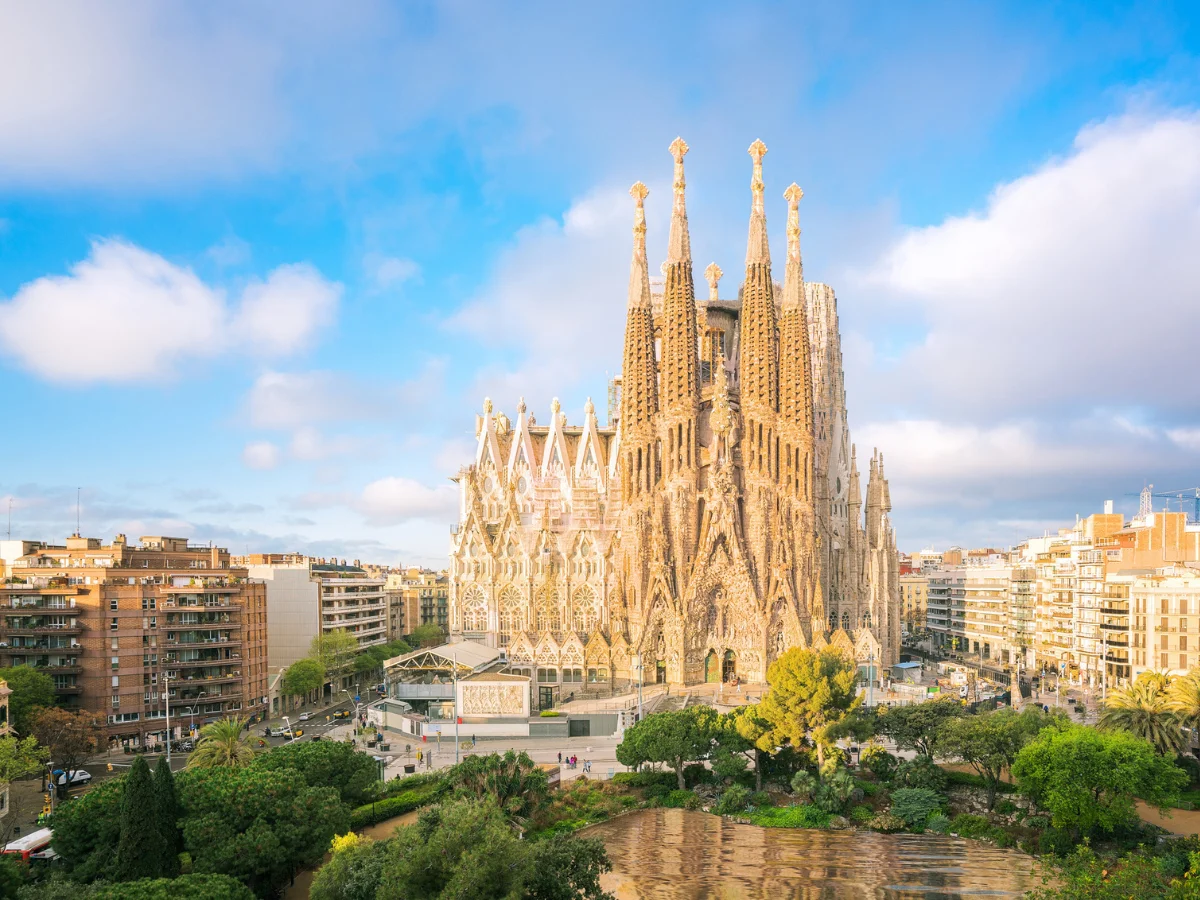
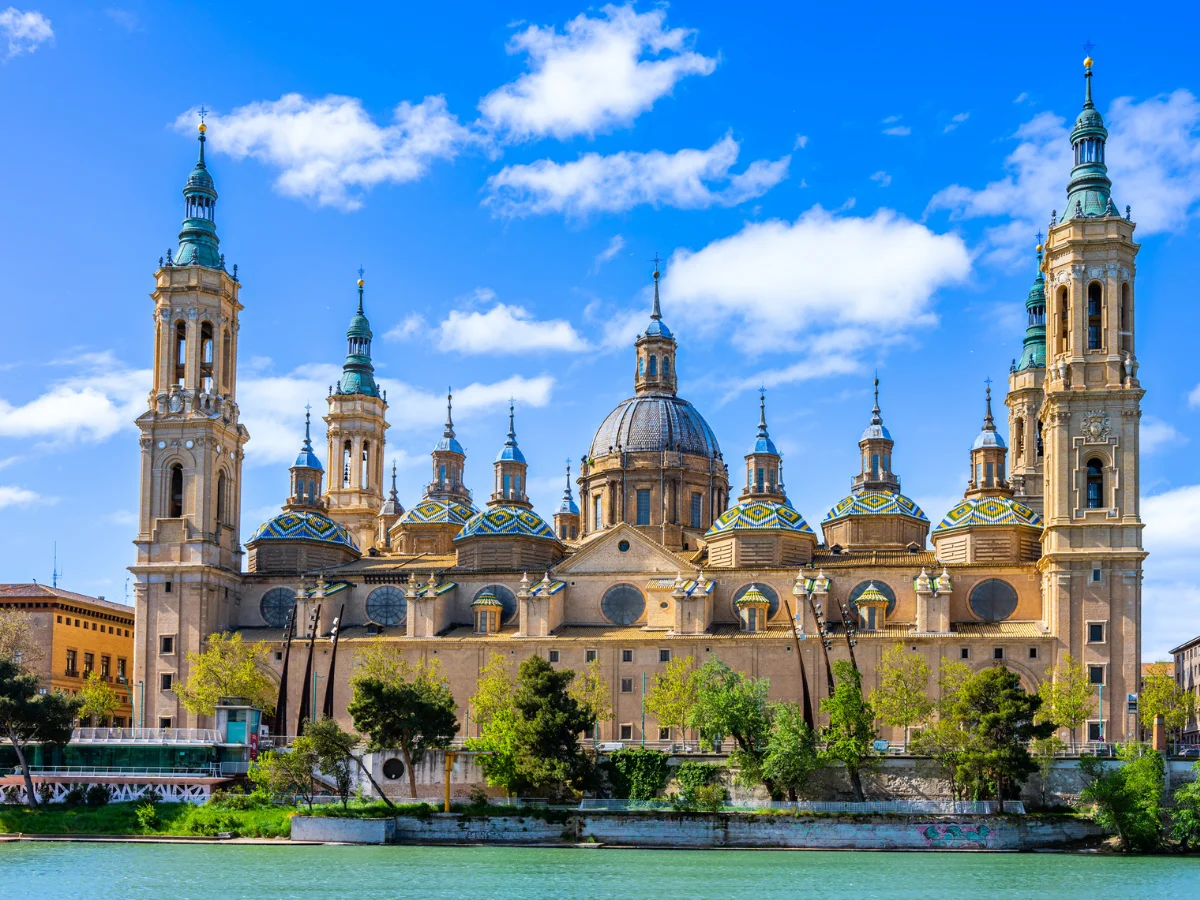
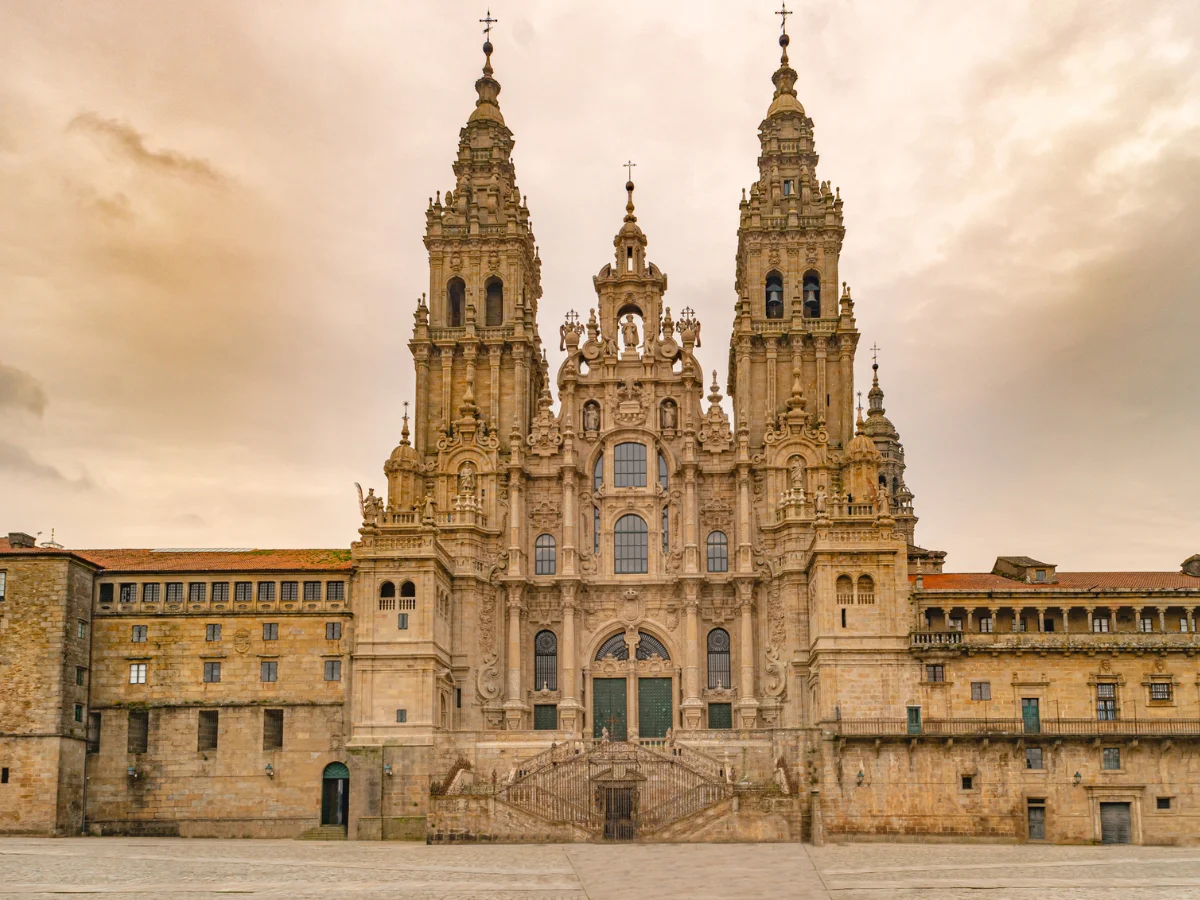
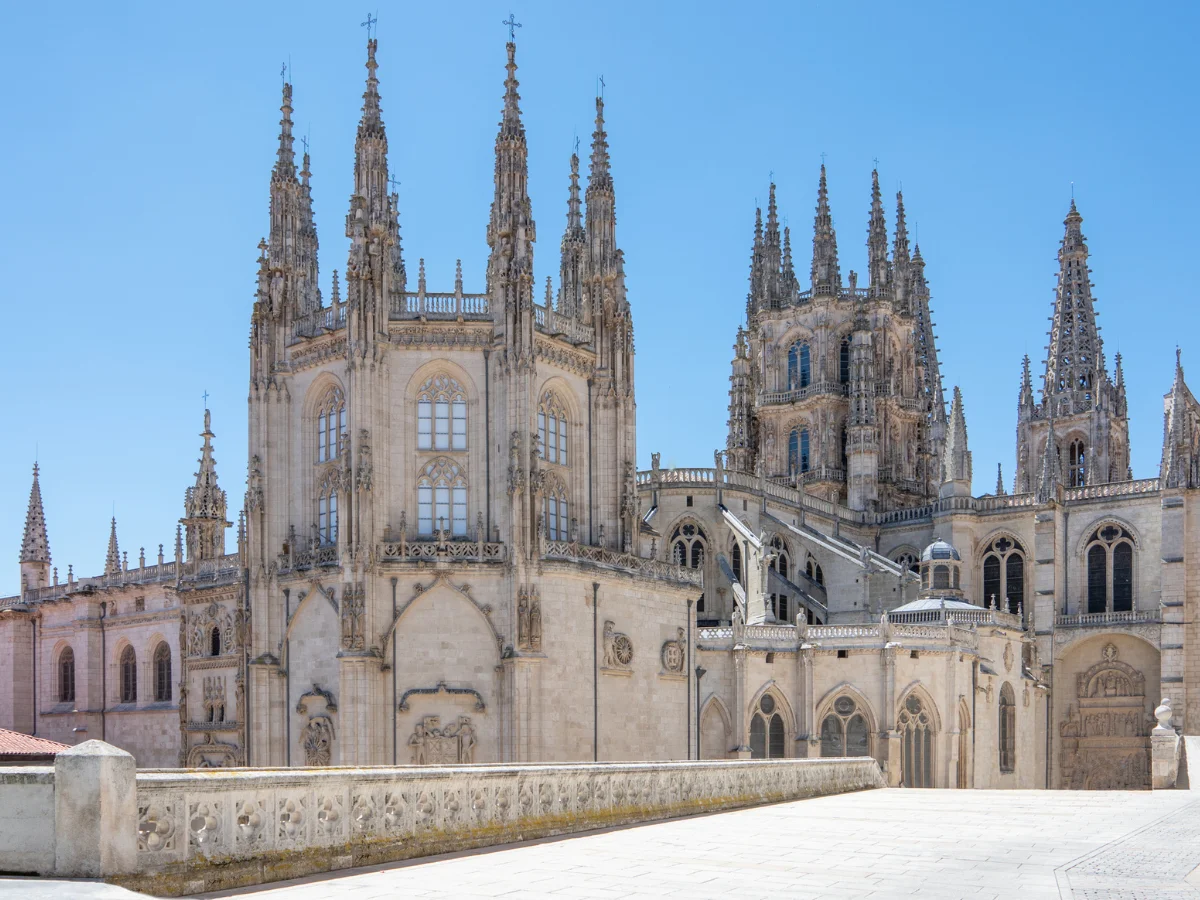
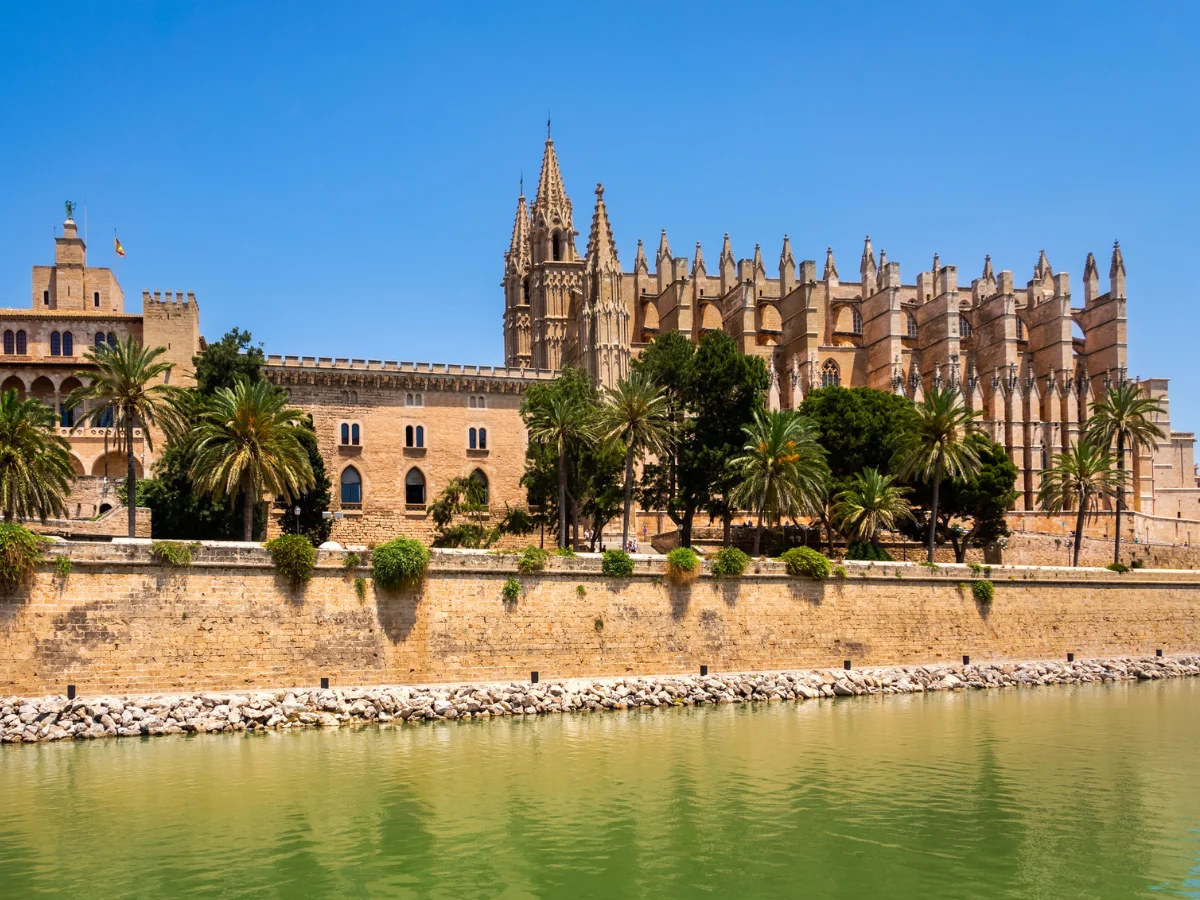
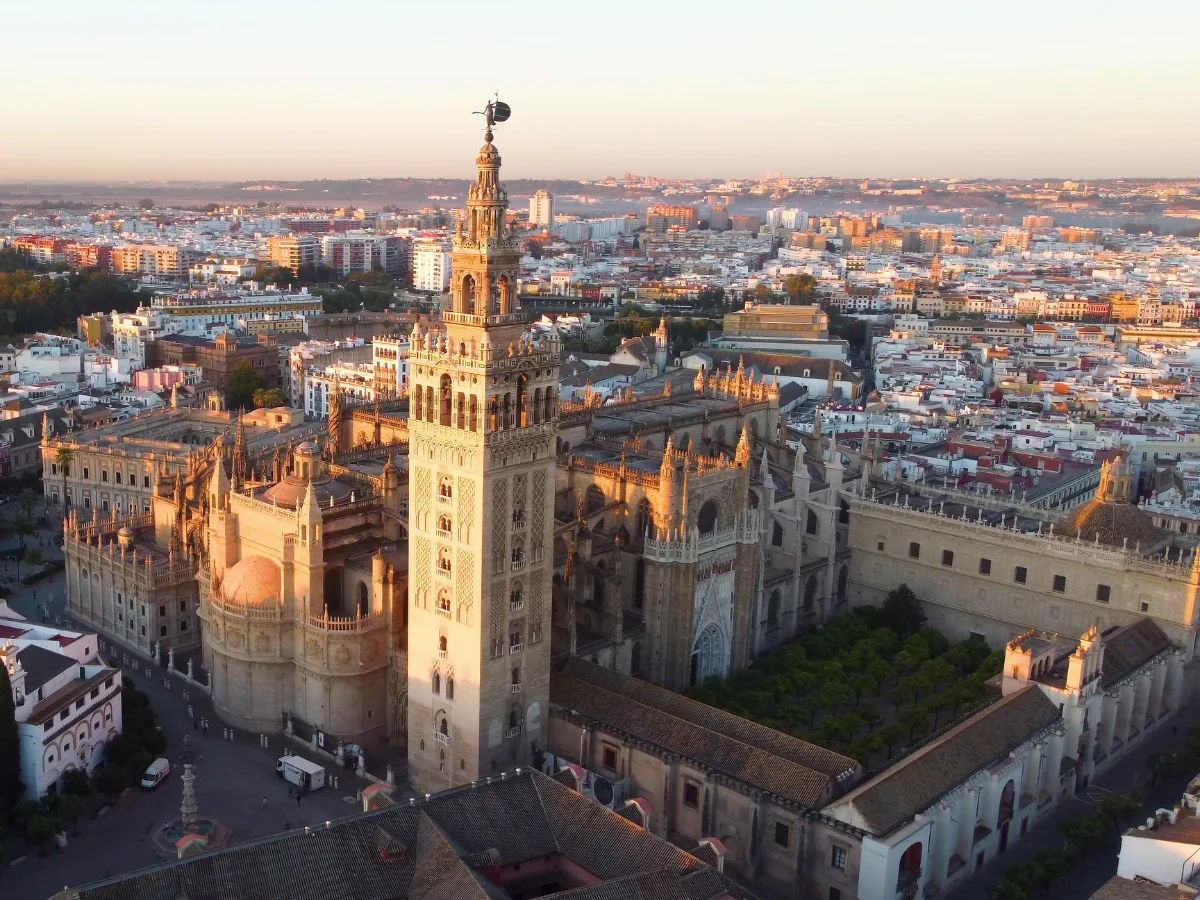
Spain boasts a rich tapestry of beautiful and historical cathedrals
Catedral de Sevilla
The Catedral de Sevilla in Spain, also known as the Seville Cathedral, is a majestic architectural marvel that beckons travelers from all corners of the globe. Located in the heart of Seville, this Gothic masterpiece boasts intricate craftsmanship and towering spires that grace the city’s skyline. As you step inside, you’ll be awed by its grandeur, with awe-inspiring stained glass windows and ornate chapels that tell the story of Spain’s rich history. With Sevilla Airport nearby, exploring this cultural gem is both accessible and enchanting. Discover the Catedral de Sevilla, where history, art, and spirituality converge in a mesmerizing blend.
La Sagrada Familia Basilica
La Sagrada Familia Basilica in Spain, a true masterpiece of architecture, is a must-see destination for anyone visiting Barcelona. Designed by the visionary architect Antoni Gaudí, this iconic basilica is a surreal blend of Gothic and Art Nouveau styles. Its towering spires, intricate facades, and mesmerizing interiors leave visitors in awe. As you explore, you’ll be captivated by the play of light through the stained glass windows, casting a kaleidoscope of colors within. With Barcelona–El Prat Airport nearby, reaching this architectural wonder is effortless. Experience the magic of La Sagrada Familia, where art and spirituality unite in a transcendent symphony.
Cathedral of Santiago de Compostela
The Cathedral of Santiago de Compostela in Spain, an awe-inspiring spiritual landmark, beckons travelers on the renowned Camino de Santiago pilgrimage. This grand Romanesque marvel, with its impressive facade and stunning interiors, is the final destination of pilgrims who have journeyed across Spain on foot. Inside, you’ll find the legendary Botafumeiro swinging high above the nave, filling the air with a fragrant sense of tradition. Situated in the charming town of Santiago de Compostela, this cathedral is a testament to faith and architecture. Fly into Santiago de Compostela Airport to begin your spiritual and cultural exploration of this remarkable site.
The Basilica Cathedral of Our Lady of Pilar
Discover the splendor of The Basilica Cathedral of Our Lady of Pilar in Spain, a breathtaking architectural gem nestled in Zaragoza. This remarkable baroque marvel stands on the banks of the Ebro River and is dedicated to the veneration of the Virgin Mary. As you step inside, you’ll be greeted by opulent chapels, stunning frescoes, and the revered image of Our Lady of Pilar. This holy site is not only a testament to faith but also a cultural treasure. Fly into Zaragoza Airport, and let this cathedral’s beauty and history captivate your senses as you explore the heart of Spain.
Cathedral of Saint Mary of Burgos
Experience the grandeur of The Cathedral of Saint Mary of Burgos in Spain. Located in the heart of Burgos, this Gothic masterpiece is a marvel of architectural beauty and historical significance. Admire the intricate spires, awe-inspiring stained glass windows, and ornate chapels that adorn this sacred site. Inside, you’ll find stunning sculptures and the tomb of El Cid, a legendary Spanish warrior. Burgos is easily accessible from Madrid by train or road, making it a perfect day trip or a stop on your Spanish adventure. Discover the rich history and exquisite artistry of this remarkable cathedral, a testament to Spain’s cultural heritage.
The Cathedral of Santa Maria of Palma
Discover the enchanting Cathedral of Santa Maria of Palma in Spain, a masterpiece of Gothic architecture. Located on the beautiful island of Mallorca, this cathedral is a testament to human creativity and devotion. Marvel at its soaring spires, intricate stained glass windows, and ornate interior adorned with stunning artwork. Climb the steps to the rooftop for breathtaking panoramic views of the Mediterranean Sea and the charming city of Palma. Accessible by a short flight or ferry from mainland Spain, Mallorca offers a unique blend of history, culture, and natural beauty. Explore this architectural gem and immerse yourself in the vibrant spirit of Spain’s Balearic Islands.
History of Christianity in Spain
The Beginnings of Christianity in Spain
Christianity first arrived in Spain during the Roman Empire, spreading through trade routes and Roman soldiers. Early Christian communities emerged in cities like Tarragona and Mérida. These communities faced persecution until Emperor Constantine legalized Christianity in 313 AD. Spain became a vital center for Christian thought and practice in the Western Roman Empire.
Visigothic Spain: A Time of Christian Consolidation
Following the fall of the Roman Empire, Spain entered the Visigothic period. The Visigoths, originally Arian Christians, converted to Catholicism in the 6th century. This conversion paved the way for the consolidation of Christianity throughout the Iberian Peninsula. Visigothic rulers, like Reccared I, promoted Catholicism as the state religion, leading to the construction of churches and monasteries.
Islamic Rule and Christian Reconquest
In the 8th century, Islamic forces conquered Spain, leading to a period known as Al-Andalus. Despite Islamic rule, Christian communities persisted in the northern regions. The Christian Reconquest began in the 8th century and lasted for centuries, gradually pushing Islamic forces out of Spain. This period saw the emergence of the famous pilgrimage route, the Camino de Santiago, to the tomb of St. James in Santiago de Compostela.
The Spanish Inquisition and Religious Unity
In the late 15th century, the Spanish Inquisition was established to enforce Catholic orthodoxy. Its primary targets were Jews and Muslims who had converted to Christianity but were suspected of practicing their original faith in secret. The Inquisition aimed to maintain religious unity and root out heresy. It led to significant persecution and expulsion of non-Catholics from Spain.
The Splendor of Spanish Cathedrals
Spain boasts numerous magnificent cathedrals, showcasing the country’s rich Christian heritage. The Cathedral of Santiago de Compostela, dedicated to St. James, is a major pilgrimage site and a masterpiece of Romanesque and Baroque architecture. The Sagrada Familia in Barcelona, designed by Antoni Gaudí, is a symbol of modernist Christian architecture. Other notable cathedrals include Seville Cathedral and Toledo Cathedral, each reflecting different architectural styles and historical periods.
Modern Christianity in Spain
Today, Christianity remains a significant influence in Spain, although religious practice has declined in recent decades. The Catholic Church still plays a prominent role in Spanish society, with many festivals and traditions rooted in Christian beliefs. Evangelical and Protestant denominations have also grown in popularity, contributing to the diversity of Spain’s Christian landscape. Despite challenges, Christianity continues to shape Spain’s culture, history, and identity.
